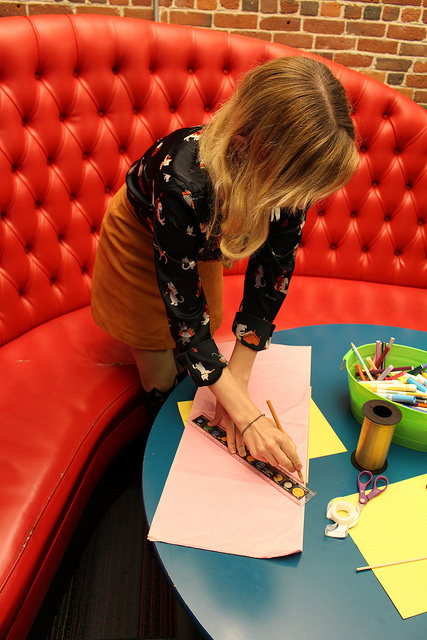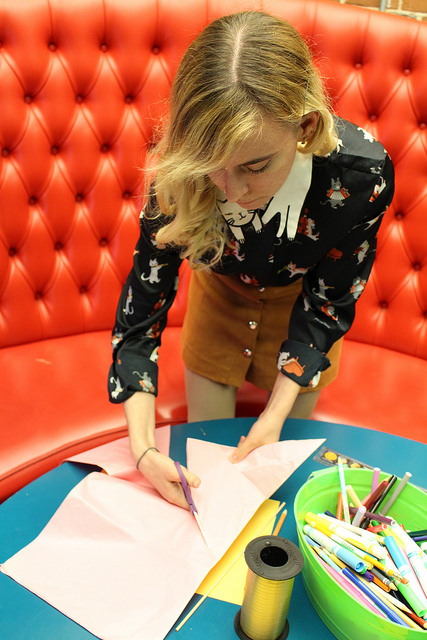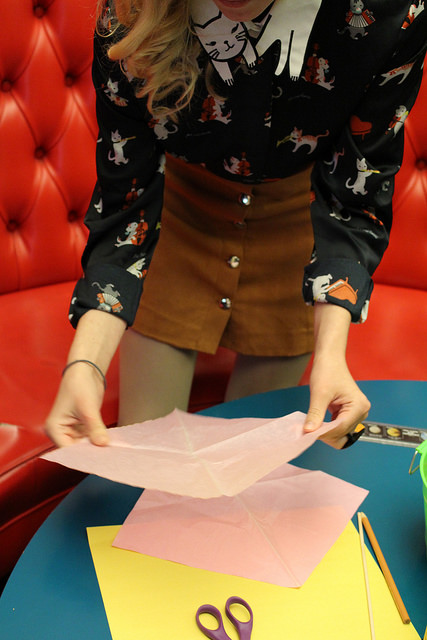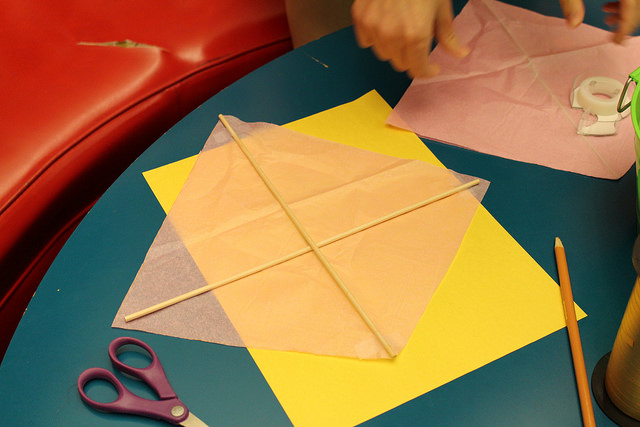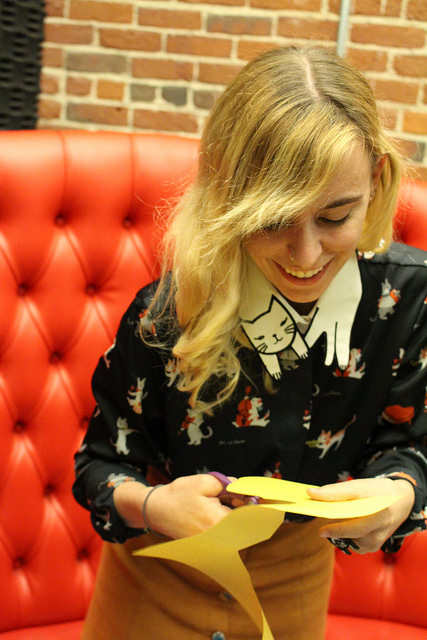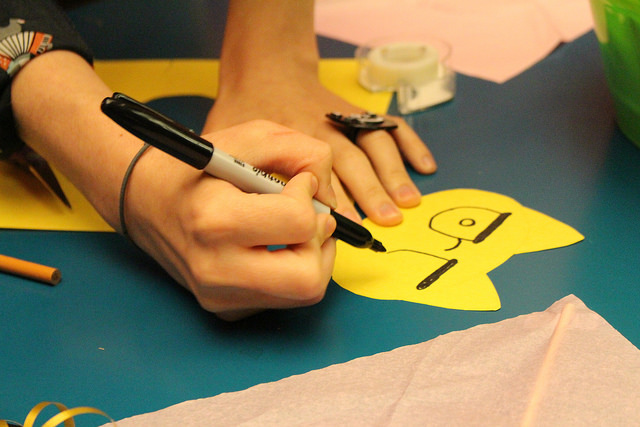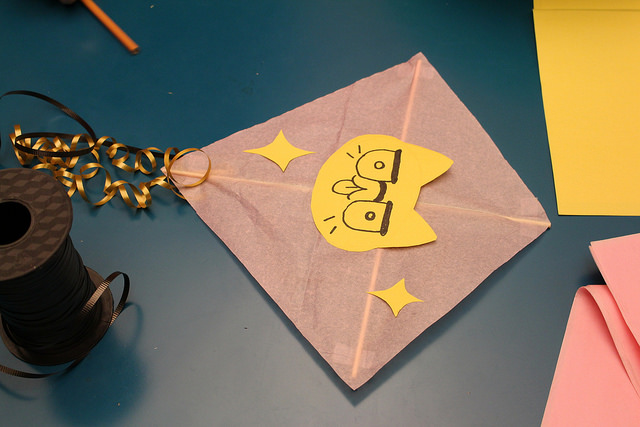2020 has been a year of unprecedented change—but also a time of resiliency in the face of challenge. We have seen innovative educators, creatives, and more step up to the plate to keep the learning going for students of all ages, no matter where they are.
And there is no better way to wrap up our year than with the streaming of “Parade of the Wooden Soldiers” at this year’s virtual Holiday Pops Celebration. We’re so thankful for incredible partnerships and projects such as this, and for all those who helped us continue to find safe, fun, and exciting ways to connect this year, even where we’re physically apart.
1. FableVision Games
Our highlight of 2020 is the launch of our new games platform, FableVision Games! Timely as ever, FableVision Games offers state-of-the-art, research-based games and educator tools, poised for this time of remote and blended classroom learning. Stay tuned for more games launching in 2021!
The FableVision Games lineup includes:
Zoombinis: a relaunch of the classic, beloved ’90s game “Logical Journey of Zoombinis” created in partnership with TERC and the Learning Games Network. The game teaches Computational Thinking to grades 3-8.
Cyberchase Fractions Quest: an immersive game based on the popular, award-winning PBS KIDS series Cyberchase that combines a high-stakes adventure story with a research-based approach to fractions learning. Created in partnership with WNET and the Education Development Center (EDC) through Phase I and II support from the IES Department of Education’s SBIR program.
Civics! An American Musical: an online game for middle school students that promotes the importance of civics and teaches how to analyze primary sources. Created in partnership with Maryland Public Television, Maryland Humanities, and Tufts’ CIRCLE, as part of the Library of Congress’ Teaching with Primary Sources program.
2. Design Principles
On our mission to tell “stories that matter, stories that move” and create positive media that moves the world to a better place, the studio authored our core design principles to share the pedagogy behind our approach. No matter the type of media—educational games, animation, museum interactives, websites, Augmented Reality experience—or the subject matter, our focus is always on the needs of our end-user, the context of their learning, and the impact of our product.
FableVision President Gary Goldberger (left) and Communications Director Sarah Ditkoff (right) accept the KAPi Award for Keenville at the 2020 CES Convention in January.
3. Award Winners!
We pride ourselves on the quality, creativity, and educational value of our educational media and game-based projects. You don’t have to take our word for it, though! The awards we’ve won speak for themselves.
This year, we were honored to accept an award for Keenville, our literacy and math game-based assessment created in partnership with the Georgia Department of Education (GaDOE) and Georgia Center for Assessment. Keenville was recognized as a “Noteworthy School Product” in the 2020 Kids At Play Interactive (KAPi) Awards.
Galaxia, a bullying prevention game developed in partnership with the National Health Promotion Associates as a part of their Botvin LifeSkills Training middle school curriculum, was selected as an EdTech “Cool Tool” finalist for 2020.
4. Amazing Partners
2020 was also a year of innovative collaborations towards a more educated and empathetic world. Here are just some of the incredible organizations we were proud to partner with this year.
FableVision Executive Producer Peter Stidwill presents at the virtual Games for Change Festival.
5. Thought Leadership
The FableVision team’s insights shone this year as they shared their expertise and best practices at a number of industry conferences.
Gary Goldberger, FableVision president and co-founder, spoke at the Unity for Humanity Summit about FableVision’s core design principles and how Unity creators can make accessible educational games.
Executive Producer Peter Stidwill joined three panel presentations in 2020. He presented at the SXSW EDU Conference and Festival and the Serious Play Conference on how games can teach and assess 21st Century skills. Peter also presented at the 2020 Games for Change Festival, where he shared his knowledge and best practices to make educational games more accessible.
Creative Director, Leigh Hallisey, also attended the Library of Congress Consortium Meeting to present a poster session on our newly-launched U.S. history learning game Civics! An American Musical.
6. Resources in the Era of Social Distancing
To support teachers, students, and families in this time of remote and blended learning, FableVision developed a myriad of robust resources to help people stay informed and to keep the learning going through this era of social distancing.
As students and teachers around the world stayed at home to reduce risk, FableVision compiled a list of our favorite distance learning games, animation, and other resources to make finding engaging, quality digital learning tools easier.
To build awareness during Mental Health Awareness Month and beyond, we curated a list of FableVision-developed resources that facilitate open and honest conversations about mental health, self-love, and healthy coping skills.
For summer 2020, FableVision invited everyone to join us for a social distanced and educational virtual summer picnic, complete with educational games, animation, and more to help students have fun and keep their minds sharp throughout the season.
We teamed with the Center for Information and Study on Clinical Research Participation (CISCRP) to produce a series of videos educating people on how clinical trials produce new treatments and vaccines.
To support educators and students as they returned to their school routines in the fall, FableVision joined over 70 federally-funded researchers and developers to produce a series of educational technology guides and resources covering a range of topics.
7. FableVision In the News
In 2020, we were also thrilled and honored to see our work in the news, at festivals, and beyond where it can reach more audiences!
The Animation World Network highlighted The Paper Girls Show, our new animated series created in partnership with Global Tinker that empowers young girls to play, imagine, make, and learn with STEAM (Science, Technology, Engineering, Arts and Mathematics).
Don’t Mix Us Up, our witty and catchy animated music video series was featured at the Bay Area International Children’s Film Festival, where attendees were able to learn all about the dangers of confusing look-alike objects.
And last but not least, over 3,500 Lubbock County second-graders read FableVision founder Peter H. Reynolds’ book The World Collector as a part of the United We Read initiative! The festivities also featured a special video message from Peter Reynolds, encouraging their reading efforts.
8. Seasonal Banners
Spring banner designed by FableVision production artist Julie Oliveira
Summer banner designed by FableVision director of art & animation Bob Flynn
Fall banner designed by FableVision lead artist Christina Kelly
Winter banner designed by FableVision production artist Julie Oliveira
9. Our Incredible Team
The FableVision team celebrates the KAPi Award for Keenville in January 2020.
What a year. We count ourselves lucky to have an amazing staff that not only rolled with the punches but excelled with grace, grit, and a sense of humor. From our virtual offices to yours—the future looks bright from here. Stay safe. See you in 2021!

































